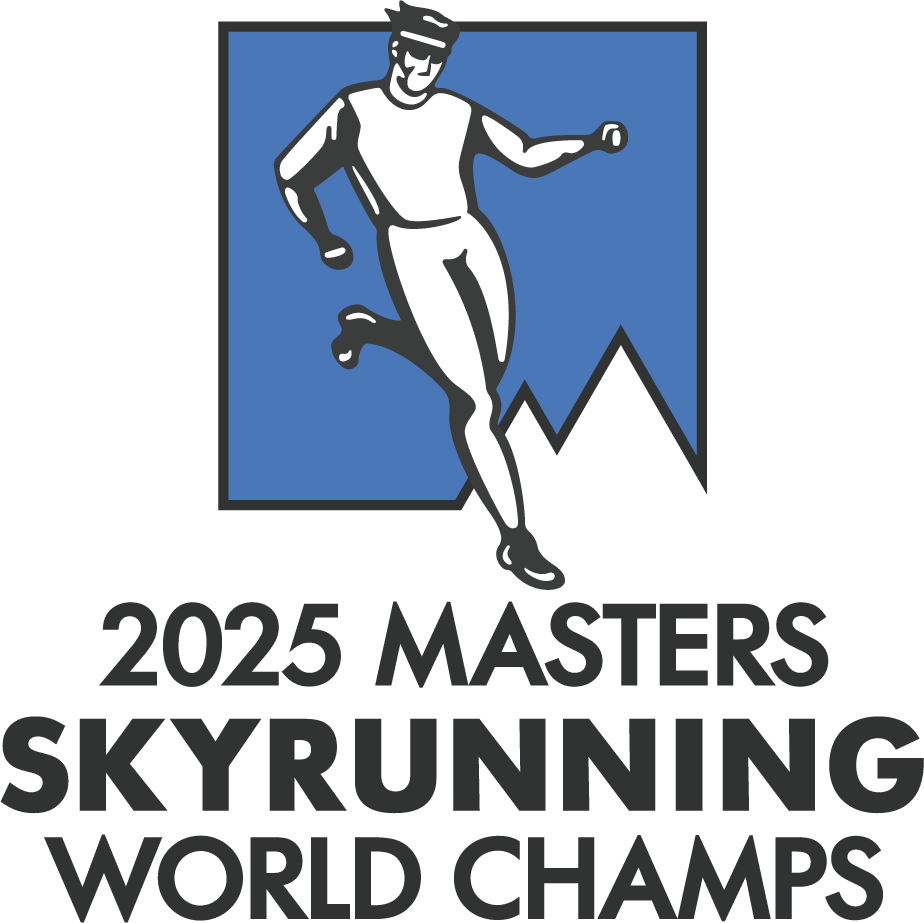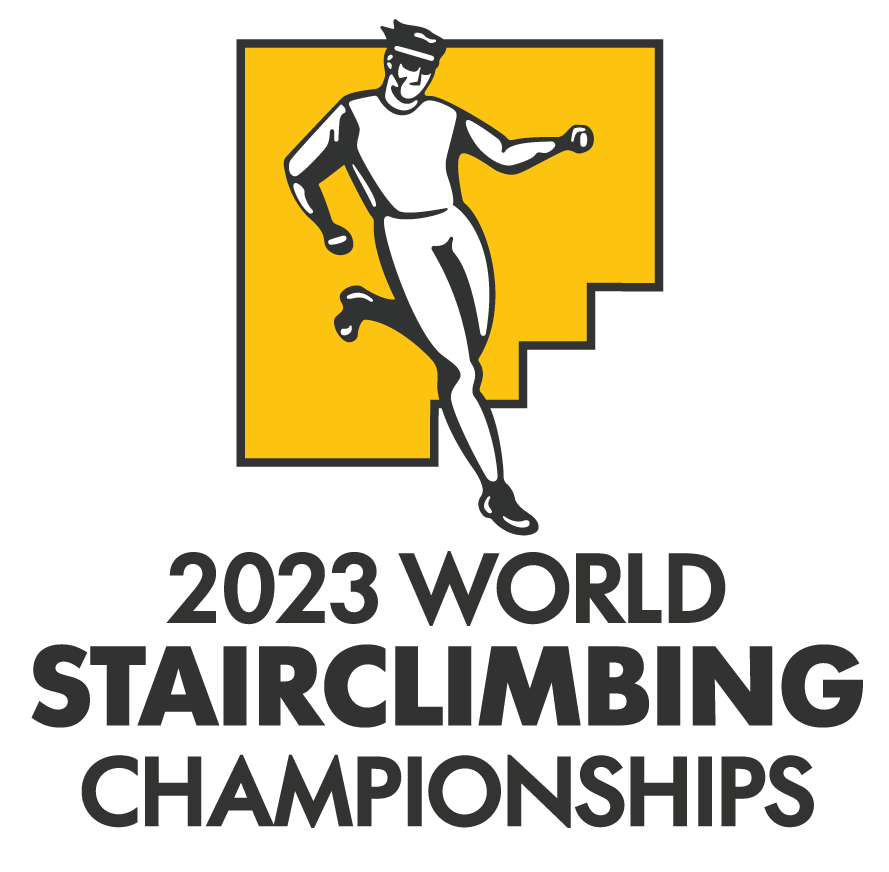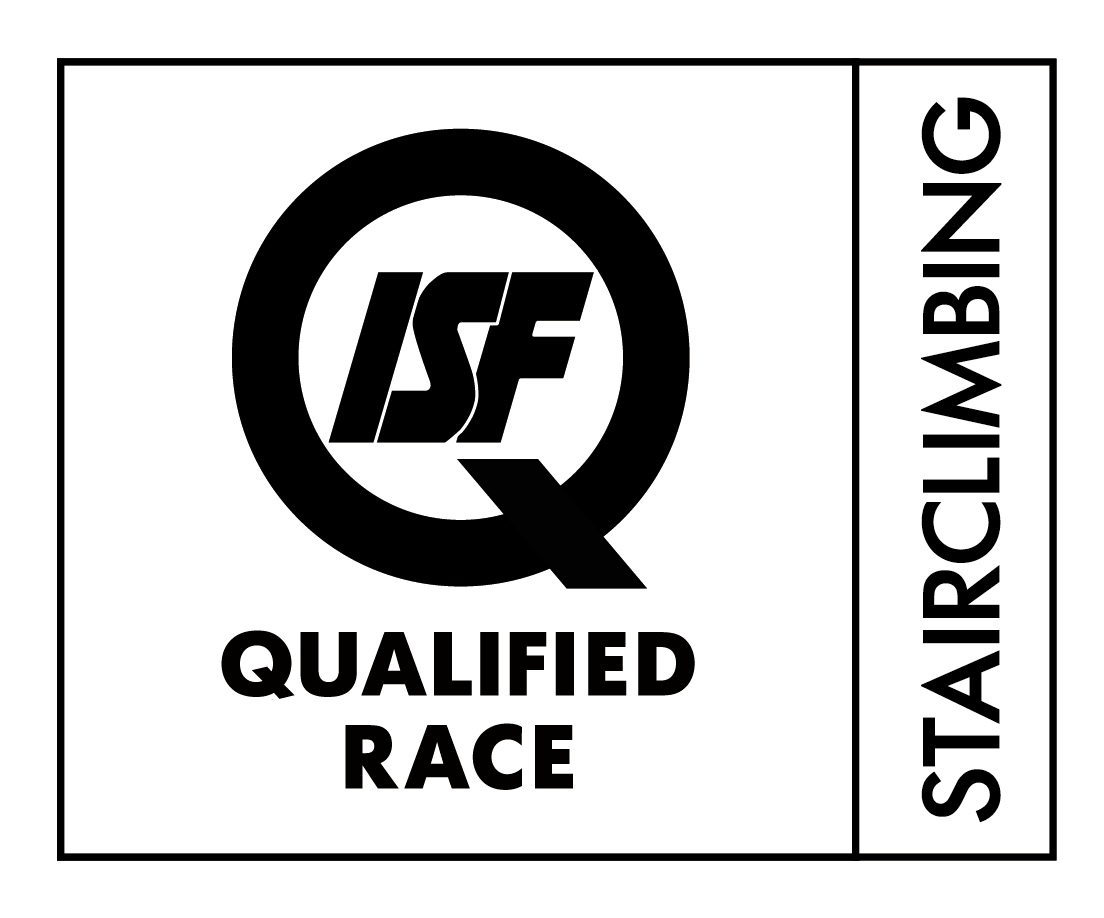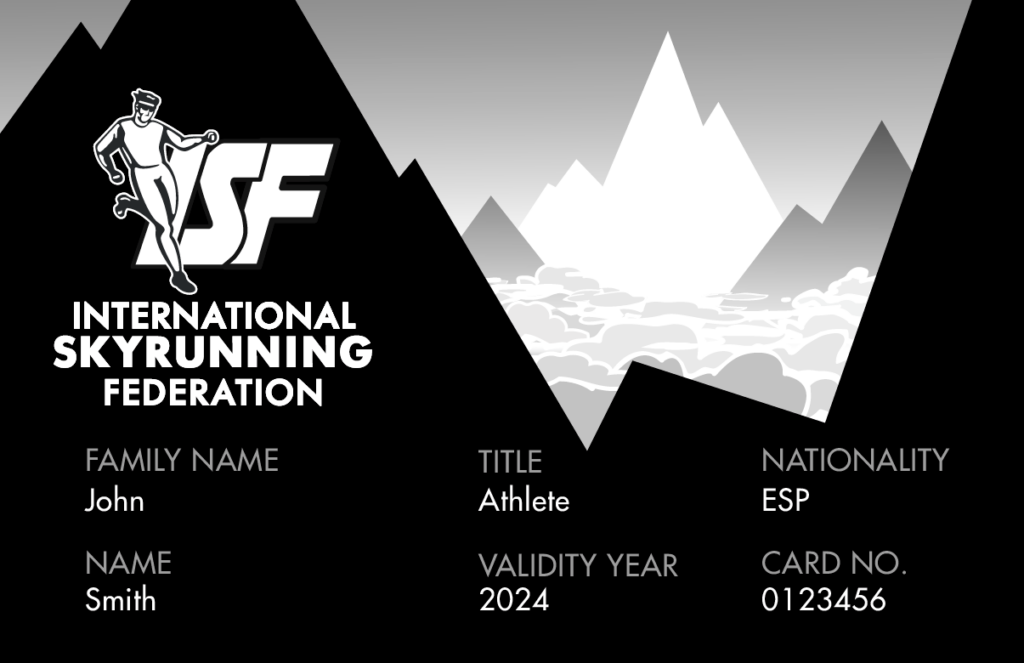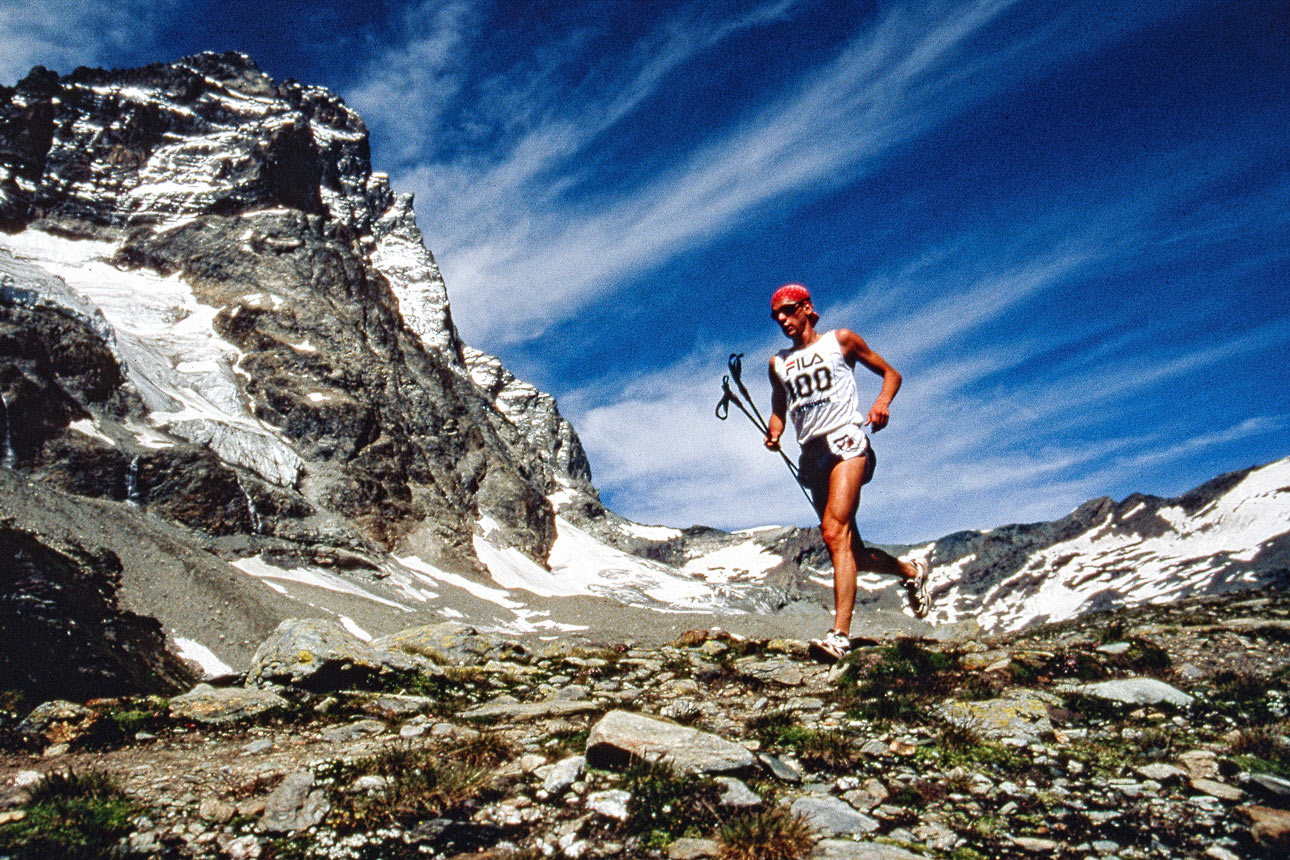
With reference to the recent announcement of the cancellation of the 2020 Vertical Kilometer® World Circuit published on the relative website by the management company SkyMan SA, and subsequent media reports, the International Skyrunning Federation confirms that the Vertical Kilometer® will continue, as in the past, to be included in the Vertical* category of the Skyrunning World Championships, Youth Skyrunning World Championships and Skyrunning Continental and National Championships. Information on the continuation of a commercial circuit will be issued at a later date.
The Vertical Kilometer® was invented in 1994 by the skyrunning founders and is governed by the International Skyrunning Federation which, in 2020, is classifying all the races that fall within the parameters with an official Certified Course Label.
The first Vertical Kilometer® took place in Cervinia, Italy on August 20, 1994. The simple formula, together with the relatively accessible challenge of racing 1,000m uphill, has seen the popularity of the VK, as it is also known, spread far and wide, counting several hundred races worldwide. Double and triple VK’s are also recognised.
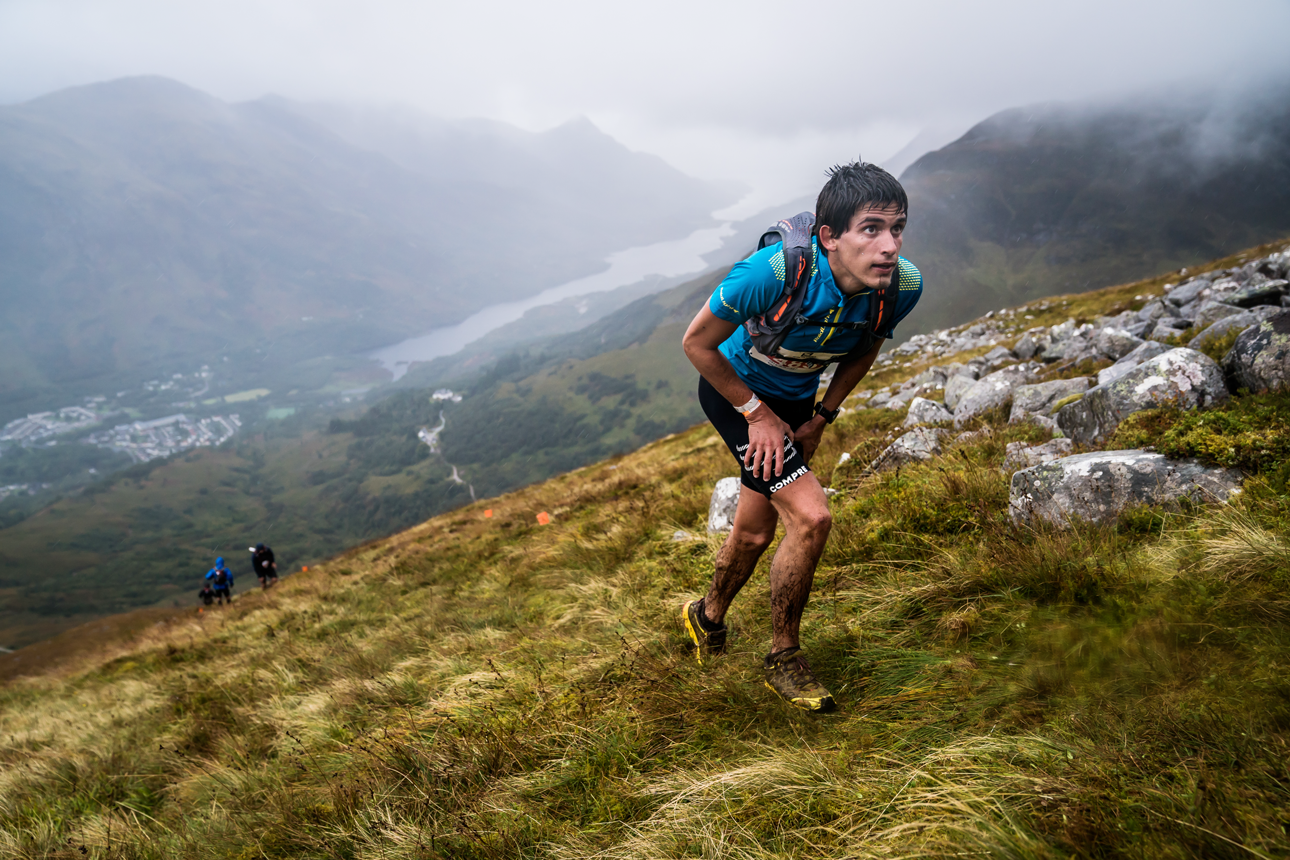
One of the objects of the creation of the Vertical Kilometer® was to carry out scientific research on the new sport of skyrunning. In 2000, the first-ever studies on human uphill performance were carried out at Geneva University by the FSA Medical Commission together with a number of eminent physiologists on ten top level skyrunners on a special treadmill with a 45% incline – the only instrument of its kind in the world. The aim of the studies was to assess the maximum performance levels on a steep incline. The results, entitled, “Energy cost of walking and running at extreme uphill and downhill slopes”, were published in 2002 by the American Physiological Society. See here
The use of the Vertical Kilometer® trademark and/or its derivatives and intellectual property are protected by the owners and under license to the ISF.
*ISF Rules extract www.skyrunning.com
2.3.1.3 VERTICAL – uphill races with a minimum average incline of 20% and some sections over 33% with 5 km maximum length and the trademark defining the races:
2.4.3 VERTICAL KILOMETER® – Races with 1,000m vertical climb over variable terrain with a substantial incline, not exceeding 5 km in length. The Vertical Kilometer® is defined at various altitude levels (+/- 200m variable). Example: from 0 – 1,000m, 1,000 – 2,000m, 2,000 – 3,000m. A double or triple Vertical Kilometer® is also recognised.




